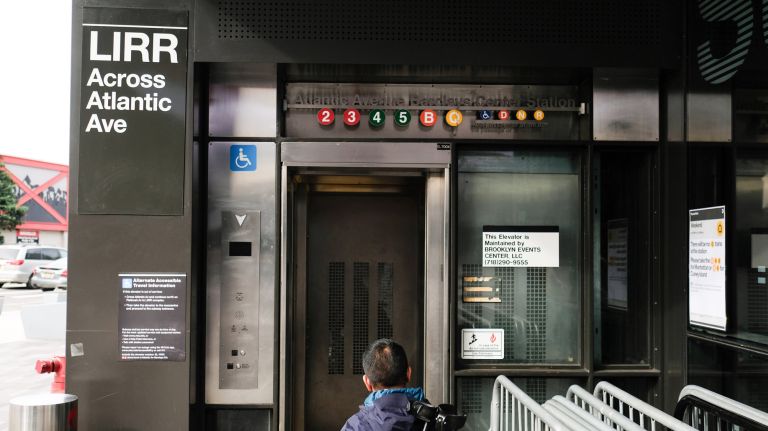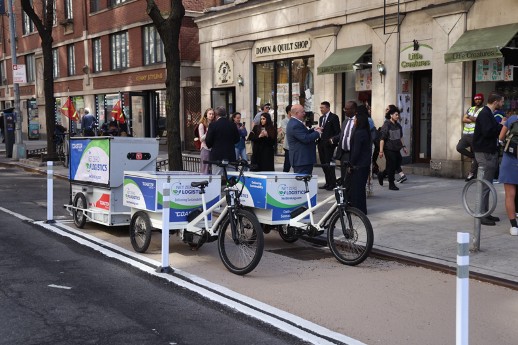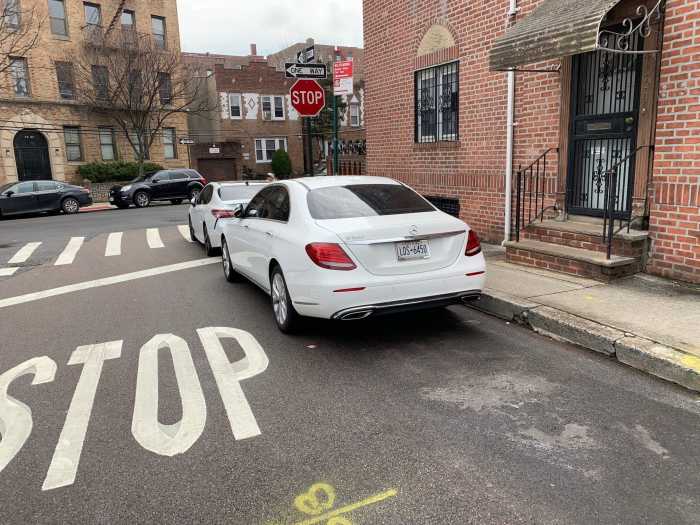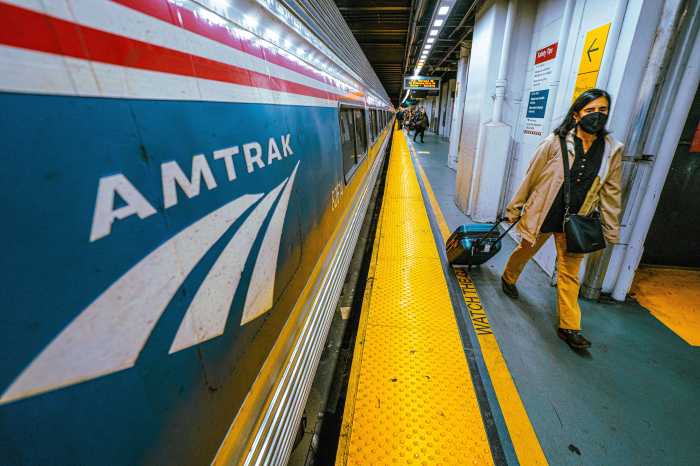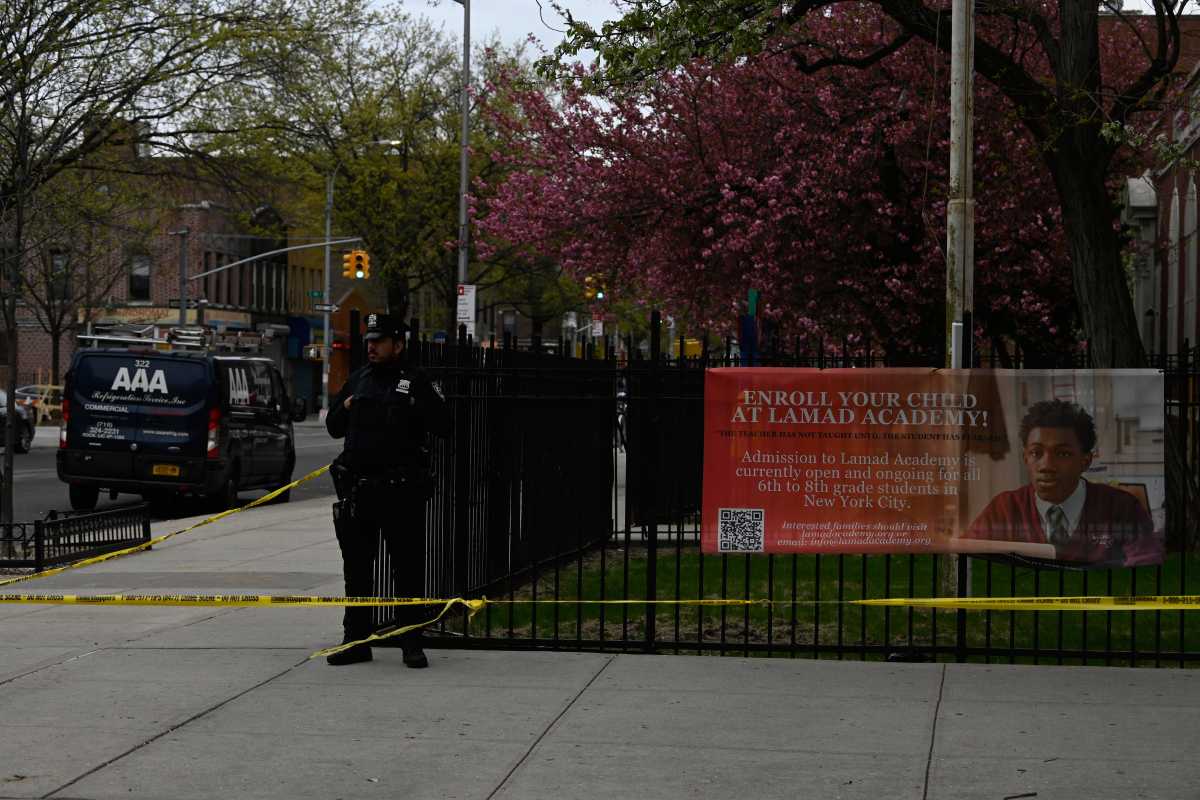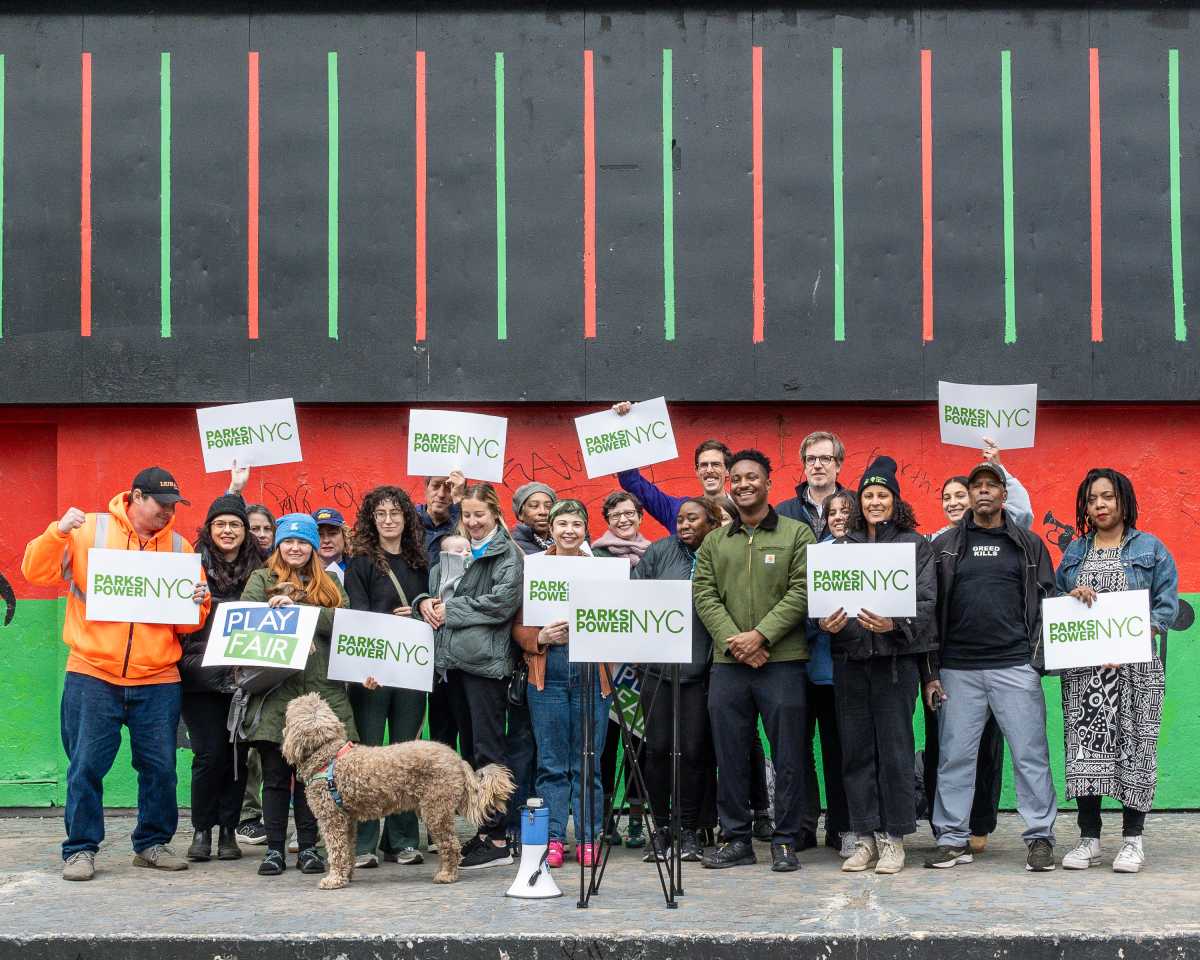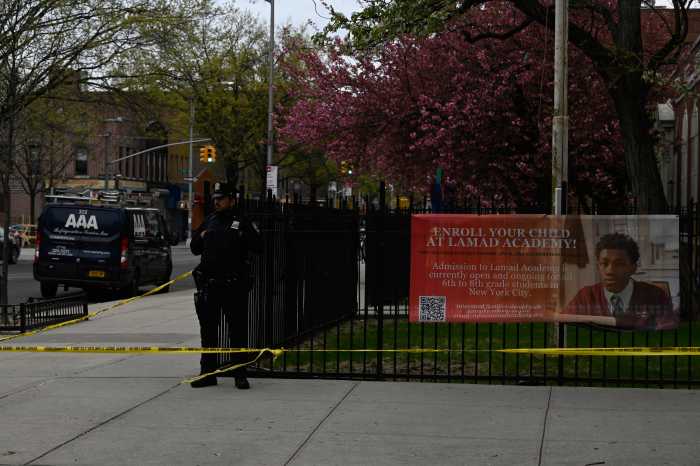The entire Broadway Junction subway station complex — one of Brooklyn’s biggest transit hubs — will receive elevator access as part of the next MTA capital plan.
The transit authority on Thursday unveiled the nearly full list of 70 subway stations that will receive elevator upgrades as part of the MTA’s 2020-2024 capital plan — a $5 billion initiative to improve the MTA’s abysmal accessibility record and ensure that subway riders are no more than two stops away from a wheelchair-accessible station.
“We are incredibly serious about making the subways accessible to as many people as possible. It’s the right thing to do,” said Transit President Andy Byford at a news conference at authority headquarters. “And that’s why…it has been a priority of mine, and the team that I head up, from day one.”
The MTA back in October announced the first 48 stations that would be contained in its capital plan, which lays out major construction projects at the agency, and rolled out an additional 20 station Thursday. The remaining two stations have not been revealed because the MTA is still “coordinating with third parties,” according to an authority spokesman.
The list includes major station likes 42nd Street-Bryant Park, Lorimer Street, Hoyt-Schermerhorn Street, Van Cortlandt Park-242 Street and Woodhaven Boulevard.
All told, the MTA is eyeing ADA upgrades for 18 stations in Manhattan; 25 in Brooklyn; 11 each in the Bronx and Queens; and three on the Staten Island Railway.
The full, $51.5 billion capital plan is still unfunded and has yet to be approved by the Capital Plan Review Board. While the governor has pledged to provide $3 billion toward the plan, MTA officials said they were still working to securing funding commitments from others, including the city and the federal government. The MTA has asked the city to match the state’s $3 billion offering.
“There are ongoing discussions with city hall to find out firstly what they would want to see in return for the proposed $3 billion injection,” said Byford.
It’s also not clear when the MTA would wrap up its elevator installations. MTA Chief Development Officer Janno Lieber said the authority is hoping is to have “as many of them complete by 2024 as possible.”
“Definitely the goal is to make sure that all of those projects are well underway and that we’ve got all the money obligated and that they’re sort of all high-functioning projects firing at all cylinders—hopefully many of them done,” Lieber said.
There are roughly 1.8 million New Yorkers either living with mobility impairments; above the age of 65, or under the age of 5, according to a 2018 report on ADA access in the transit system from City Comptroller Scott Stringer
“The ability to use the subway is fundamental to life in New York and the challenges today of navigating the transit system with disabilities are formidable,” said Colin Wright, of the advocacy group TransitCenter. “Access to these stations will mean vastly more travel freedom for a lot of people.”
There was still skepticism as to whether the MTA could pull off these stations in time, or if they could significantly improve the notorious unreliability of its elevator fleet. The authority’s elevators are taken offline more frequently than in other cities like Boston and Chicago.
“I’m tired of being transferred up and down the stairs by the NYPD or FDNY because of broken elevators,” said Dustin Jones, a wheelchair user and disability-rights activist. “You could put in 200 elevators. Show me how you’re going to make them work.”
The MTA is reassessing how the elevators are built and what parts are used, Lieber said.
“We’re re-examining the specifications for the elevators. We want to have state-of-the-art elevators, but also the ones that we have the most reliable componentry,” Lieber said.



